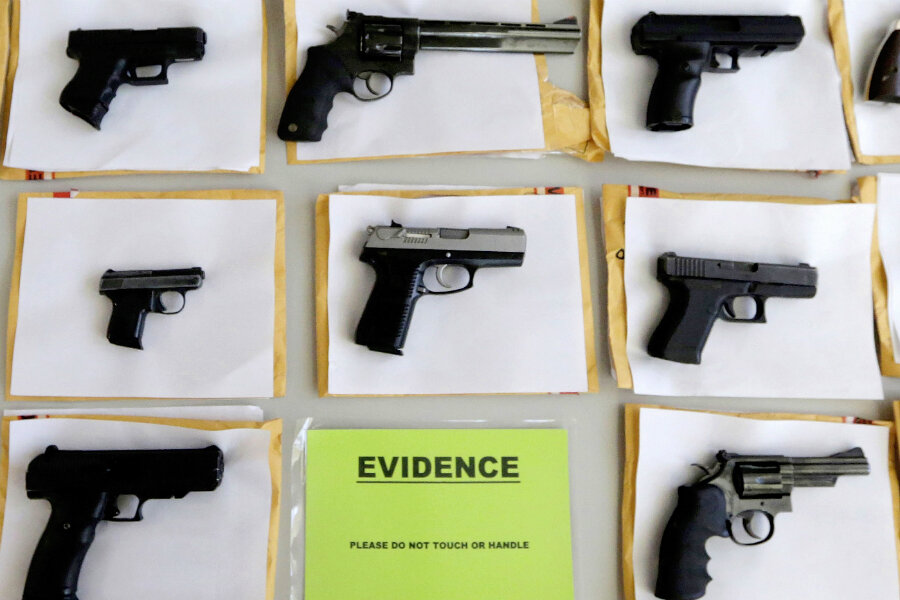Chicago murders hit 20-year high as gun violence spikes
Loading...
| Chicago
Chicago recorded its deadliest month in two decades in August, part of a sharp rise in gun violence in the nation's third-largest city this year.
Chicago police said Thursday that 90 people were killed last month, a 66 percent increase over August 2015. There were 472 shooting victims – an average of more than 15 people per day.
The 90 homicides was the most the city has seen in any month since August 1996, when there also were 90 people killed, according to Chicago Police Department data.
Among the victims this year have been innocent bystanders, including a father paying bills at his kitchen table and the cousin of NBA star Dwyane Wade, who was shot last month while pushing her baby in a stroller near a school.
Here's a look at what's happening in Chicago:
Homicides up
There were more than 449 homicides in the city between the start of the year and the end of August, a roughly 50 percent increase over the same period last year, police said. That's also more than 80 percent higher than at the same point in 2014, when the city ended the year with just over 400 homicides – the least in a half-century.
Other cities, such as Los Angeles and Memphis, Tenn., also have seen homicides rise, according to a midyear survey by the Major Cities Chiefs Association. But experts say it isn't enough to suggest a trend, noting numbers are down elsewhere, such as Oakland, California, and Miami.
Shootings soar
Much of the increase in Chicago homicides is related to more shootings, which have been climbing since 2013 but have spiked to more than 2,312 so far this year.
That's about 48 percent more than in the same timeframe last year, and easily surpasses the total recorded in all of 2014, when there were 2,084.
Why is this happening?
There isn't a clear cause.
Chicago police and Mayor Rahm Emanuel frequently point to gang violence and the easy availability of guns. The city once had some of the nation's strictest gun-control laws, but many are no longer on the books. Last year, the police department said it confiscated nearly 7,000 illegal guns. The department said Thursday police have taken in 5,900 guns so far this year, an increase of nearly 22 percent over 2015.
Others point to a loss of trust between police and the community, a long-standing problem that grew worse after Chicago police released a squad-car video in November that showed a white police officer fatally shooting a black teenager 16 times. The video of Laquan McDonald's death set off weeks of protests.
Most of Chicago's killings have been concentrated in five police districts on the city's South and West sides, where neighborhoods struggle with gang membership, high unemployment and poverty. Police say the number of homicides is down or even in six police districts compared with last year.
Innocent bystanders
Wade's cousin, Nykea Aldridge, was going to register her kids for school when two men walked up and shot at a third man but hit the mother of four in the head and arm. Two brothers who were on parole – one who spent six years in prison on a gun charge – were arrested and charged with first-degree murder.
The others hit by stray gunfire include a growing number of young children.
In the first six months of the year, 15 children younger than 10 were shot, none fatally. That's seven more than in the first half of 2015.
The victims included a 6-year-old girl who was drawing with sidewalk chalk when she was shot in the back with a bullet intended for rival gang members. A bullet pierced the cheek of a 4-year-old boy as walked down a sidewalk, holding his mother's hand.
Associated Press reporters Caryn Rousseau and Don Babwin contributed to this report.





